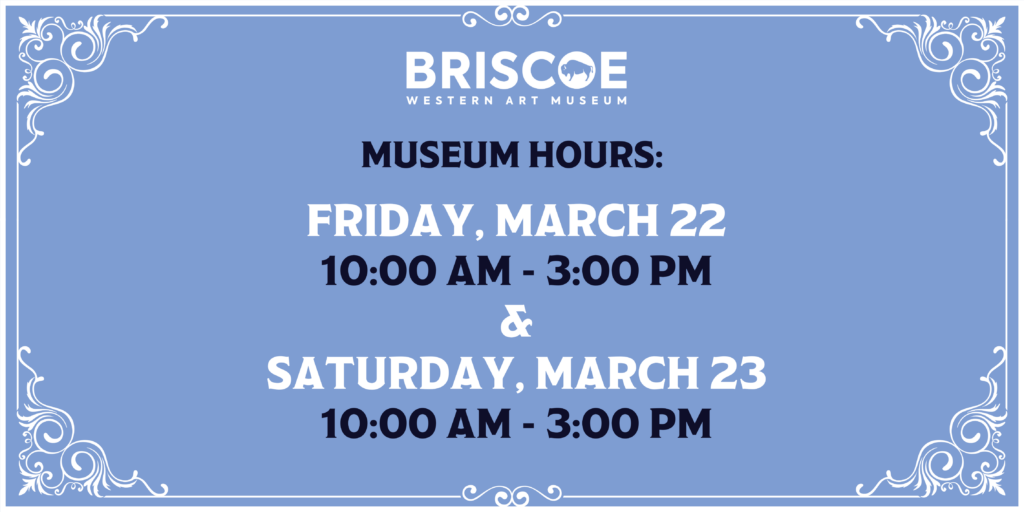Julian Onderdonk—A Texas and Western Artist
One of the most interesting aspects of Western art is its overlap with regionality. The West is a conglomeration of so many geographic landscapes, cultures, languages, and histories that it is sometimes hard to determine where regional art ends and Western art begins. Great artists manage to bridge these two genres and create work that appeals to fans of regionalism, looking for a specific taste of home and Western art enthusiasts who want to create a broad picture of the West and its many facets. Julian Onderdonk managed to span both genres.
Perhaps the best-known Texas artist, San Antonio native Julian Onderdonk (1882‒1922) came from a family of artists and spent his formative years learning from his father, Robert Jenkins Onderdonk. His depictions of fields full of the state flower forged an entirely new subgenre in Texas art with his plein air scenes of the majestic blue flora. After leaving his home state to study painting, including a summer studying under the renowned William Merritt Chase in New York, Onderdonk found himself struggling to make it as an artist in the big city. He eventually made his way back home, bringing with him a refined sense of style in his painting and a heightened appreciation for the Lone Star State, along with all the life teeming within it. Although Onderdonk is best known for his depictions of bluebonnets, his scenes of the hill country, fields of spring flowers, live oak trees, and the changing of the seasons equally impart his interpretation of light and movement, his personal connection to the land, and that special something only Texas has to offer.
While Onderdonk had the distinction of being called the “Father of Texas Art,” he is also considered one of the premier Western landscape artists. Truly, Onderdonk’s bluebonnet landscapes have distinguished his career. His ability to capture these uniquely Texan scenes has made him a favorite of George W. Bush, who decorated the Oval Office with Onderdonk’s work during his presidency. While Onderdonk’s work became a defining feature of Texas regionalism, a tradition carried on to this day, when one looks at his landscapes, it becomes plain that his work is more than just bluebonnets. Western art as a genre highlights the breadth of landscapes that are both lush and harsh; it depicts Western flora and fauna as a means of appealing to a larger audience. Onderdonk’s autumn and winter scenes present to the viewer a landscape that, while Texan, could also be seen along the Rio Grande in New Mexico or the Platte in Nebraska. His work creates a sense of regional identity that appeals to viewers from many areas. Onderdonk’s ability to span these two genres has made him a popular artist whose work is collectable to many buyers, including Janey Briscoe Marmion. Part of the late Mrs. Marmion’s collection has made its way into the Briscoe Western Art Museum, and one of the highlighted pieces visitors see as they enter the Kate Marmion Gallery is Autumn Landscape by Julian Onderdonk.
This blog entry was written by our Curator of Collections, Ryan Badger. Ryan has been at the Briscoe for two years and his primary focus as Curator of Collections is bringing the stories of the Briscoe to life through the curation of the collection.
BECOME A MEMBER
Help us bring the spirit of the West alive by becoming a Briscoe Partner!
Click here to become a member!
SUPPORT THE MUSEUM
Governor Dolph Briscoe and his wife Janey envisioned a Museum that would preserve the stories and traditions of the American West.






